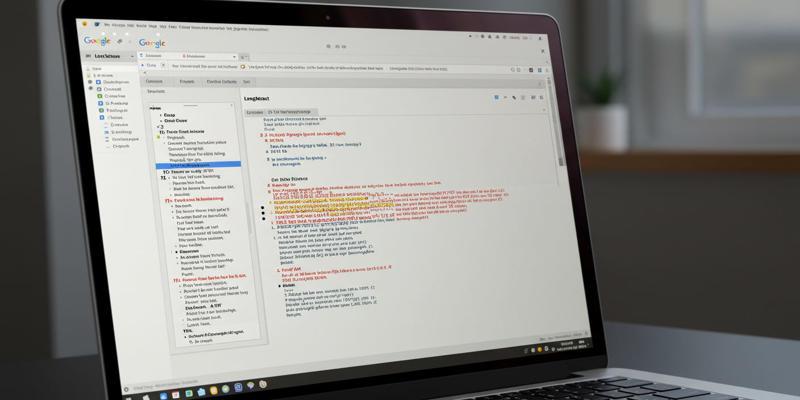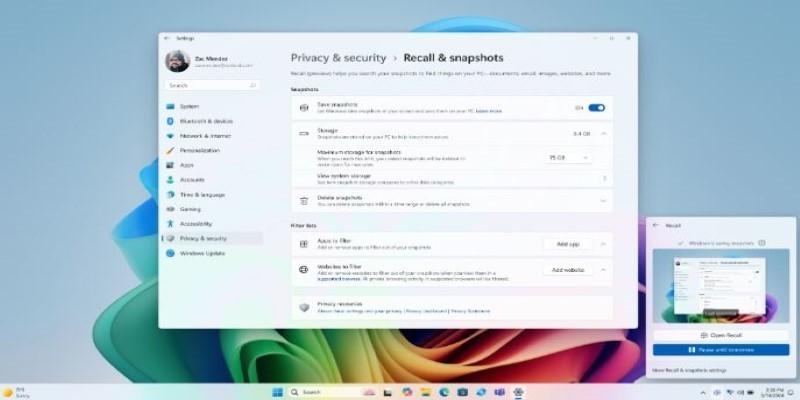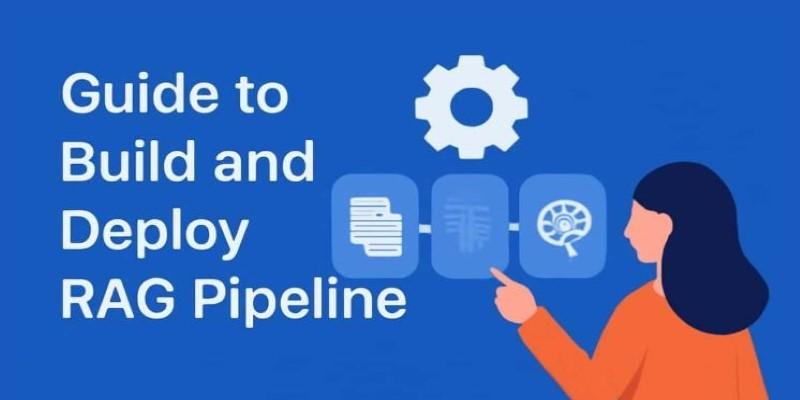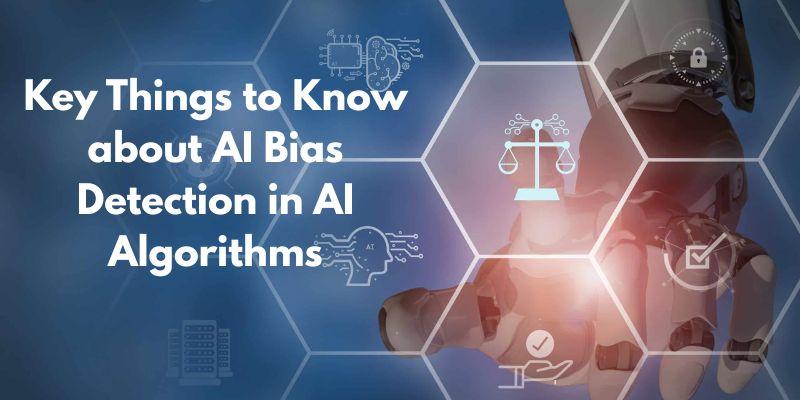DeepSeek-R1 and o1 are among the large language models (LLMs) that are altering the way artificial intelligence (AI) processes reasoning. Training these models to "think" means moving beyond memorized answers toward structured reasoning and deeper insights. Better artificial intelligence results demand training techniques that improve contextual awareness and logical flow, rather than merely sophisticated architecture.
Models provide dependable solutions for practical uses when they can break down challenges into manageable phases. Companies, scientists, and developers are seeking ways to enable models to interact with activities more intelligently. Understanding how to lead LLMs toward reasoning enables you to realize their full potential. You can create artificial intelligence by investigating organized training, feedback loops, and reinforcement, which produce reliable results in challenging circumstances.

Why Training LLMs to "Think" Matters
LLMs were first designed to create text by estimating the most probable word sequence. This strategy worked for conversation but lacked deeper reasoning. Therefore, model training was crucial in removing this constraint. An LLM generates sharper, more organized outputs when it is directed to mimic thinking processes. Users can see how conclusions are made as they observe the logical stages.
This openness fosters trust and reduces errors. In sensitive sectors such as law, healthcare, or finance, reasoning-driven artificial intelligence enhances safety and security. Businesses also benefit from astute models that make decisions consistent with their actual objectives. Developers increase reliability by focusing on how a model generates an answer, rather than just the final result. That’s why training LLMs to "think" guarantees advancement toward more context-aware AI results.
The Role of o1 and DeepSeek-R1 in AI Thinking
What makes o1 and DeepSeek-R1 stand out is their ability to reveal reasoning steps, not just outcomes. Unlike earlier versions, they are taught to describe mid-level stages. This skill reflects human-like critical thought, wherein results are as important as logic. For instance, o1 emphasizes dividing issues into manageable pieces. In producing logical sequences, DeepSeek-R1 stresses clarity and efficiency.
These qualities make them ideal for problem-solving projects that require accuracy. Developers benefit from more explicit explanations that emphasize deductive paths. Companies gain confidence since decisions are no longer a black box. By examining o1 and DeepSeek-R1, designers can employ sensible techniques to enhance precision. The training approaches used in these models show how reasoning-first approaches produce better results. This methodical, analytical approach represents the next step in large-scale AI training.
Core Methods for Teaching Reasoning to LLMs
Training LLMs to think requires structured methods. One often used approach is chain-of-thought prompting. Here, the model is instructed to generate step-by-step reasoning before the ultimate solution. One other approach is reinforcement learning with human input. Trainers analyze argument paths, encouraging practical patterns and discouraging superficial ones.
Curriculum learning also plays a role by gradually raising task complexity. It enables models to create reasoning abilities progressively. Because models learn best from logical and structured examples, data quality is also crucial. Combining these techniques produces a model able to dissect challenges logically. The outcome is clearer and more trustworthy replies. Adopting these methods helps developers train models to provide precise insights with a more obvious justification behind them, thereby enhancing their usefulness and trust.
Benefits of Training LLMs to Think
The advantages of training LLMs to think are extensive. First, accuracy rises as logical thinking lowers mistakes. Second, openness grows as consumers may track the reasoning. It increases user confidence in outputs. Third, adaptability results from models' capacity to negotiate difficult and unfamiliar challenges. For companies, these advantages mean better insights, more intelligent automation, and better decision-making aid.
In instruction, well-considered models provide clearer explanations that help pupils grasp concepts more effectively. They enable researchers to investigate complex issues more efficiently with a lower risk of incorrect conclusions. Honest thinking also fosters adherence in controlled sectors. Together, these advantages help LLMs become trusted collaborators. Teaching them to think is about developing reliable and practical tools as well as about IQ.
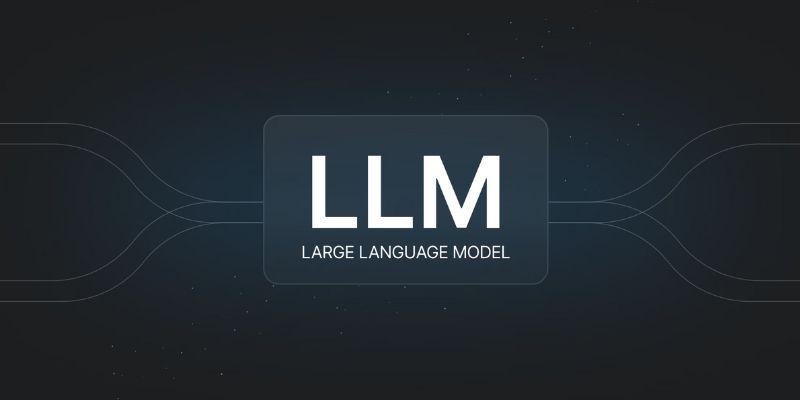
Challenges in Training LLMs to Think
Training LLMs to think presents ongoing difficulties, even with advancements. Computational cost presents a difficulty. Models of reasoning demand more resources for both training and inference. Another difficulty is striking a balance between detail and efficiency, because overly lengthy logic may overwhelm users. Another challenge is ensuring the quality of reasoning. They seem logical; the steps generated by a model can still lead to false conclusions. To verify correctness, human control is still needed. Data bias adds to the complexity of thinking, as faulty training material can lead to untrustworthy ideas.
Ensuring responsibility and transparency also exposes flaws, since reasoning steps must be justified. Ultimately, scaling these models requires prudent government oversight to prevent misuse. Investment, responsible oversight, and better techniques are necessary to solve these problems. There are hurdles, but development persists because the advantages of more intelligent AI reasoning outweigh the drawbacks.
How to Apply Reasoning-Focused LLMs in Practice
The use of reasoning-focused LLMs, such as o1 and DeepSeek-R1, should begin with clear objectives. Developers should coordinate model reasoning with domain-specific needs. For instance, in medicine, reasoning must prioritize accuracy and evidence-based thinking. Reasoning should stress context and efficiency in business analysis. Integration with workflows is crucial so that reasoning is practical and effective. Continuous monitoring ensures the model remains aligned with objectives and prevents drift.
Feedback loops that involve humans reviewing the model's reasoning can improve performance. Developers also need to clearly explain to end-users the rationale behind their outputs. By exhibiting clear worth, this simplifies adoption. Practical application necessitates both technical fine-tuning and user-friendly design. The effective application of reasoning models yields more informed results that meet organisational requirements. The outcome is artificial intelligence helping people with dependable, understandable decision-making support.
Conclusion
A significant step in AI development is training LLMs, such as OpenAI's o1 and DeepSeek-R1, to think. Across many sectors, reasoned thought increases trust, accuracy, and flexibility. Problems abound; cautious design and supervision can help to solve them. Applying reasoning-first models for researchers and companies yields more reliable results and wiser insights. The future of AI depends not only on generating answers but also on clearly explaining them. Concentrating on the thinking processes of LLMs helps one access instruments that provide significant and ethical intelligence.
